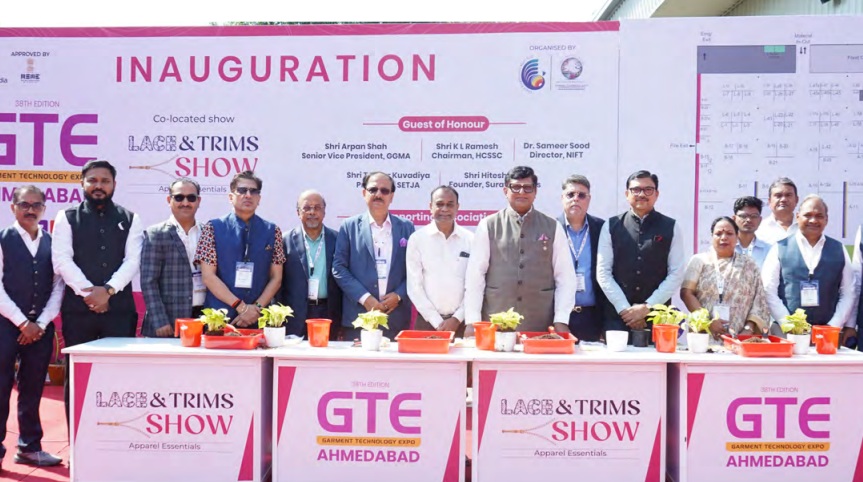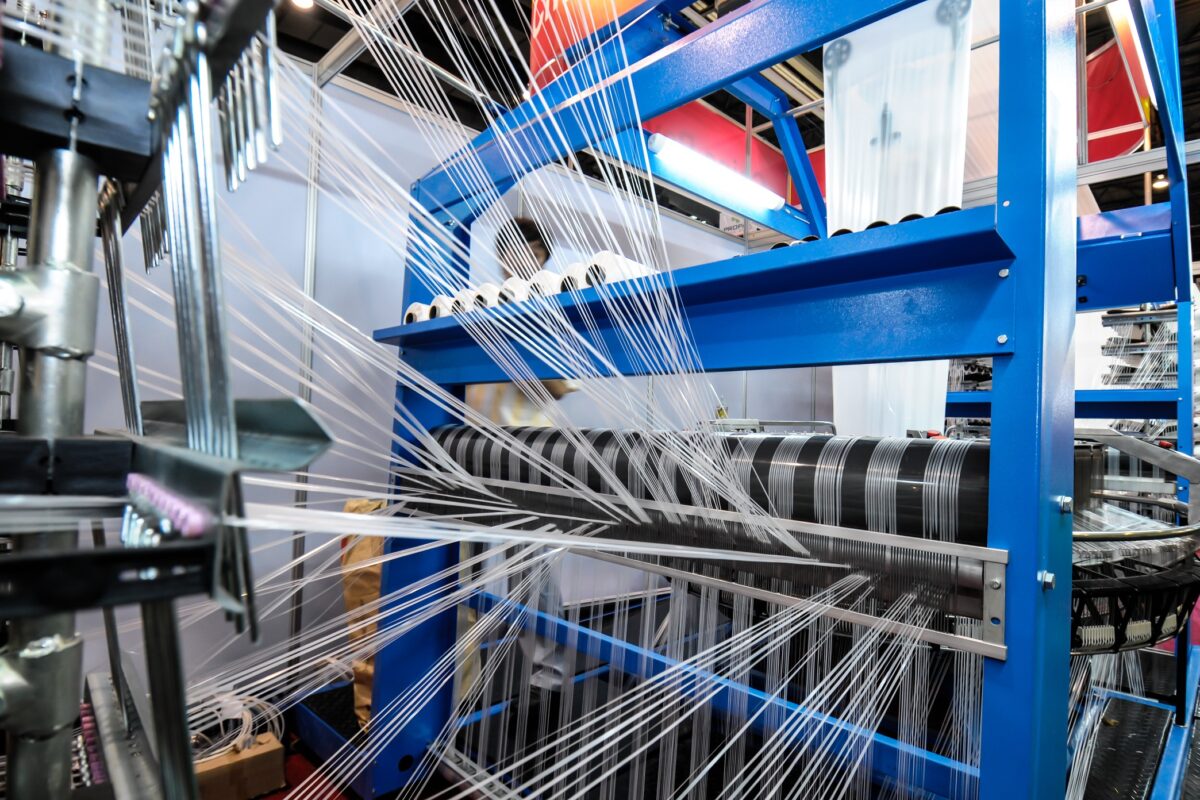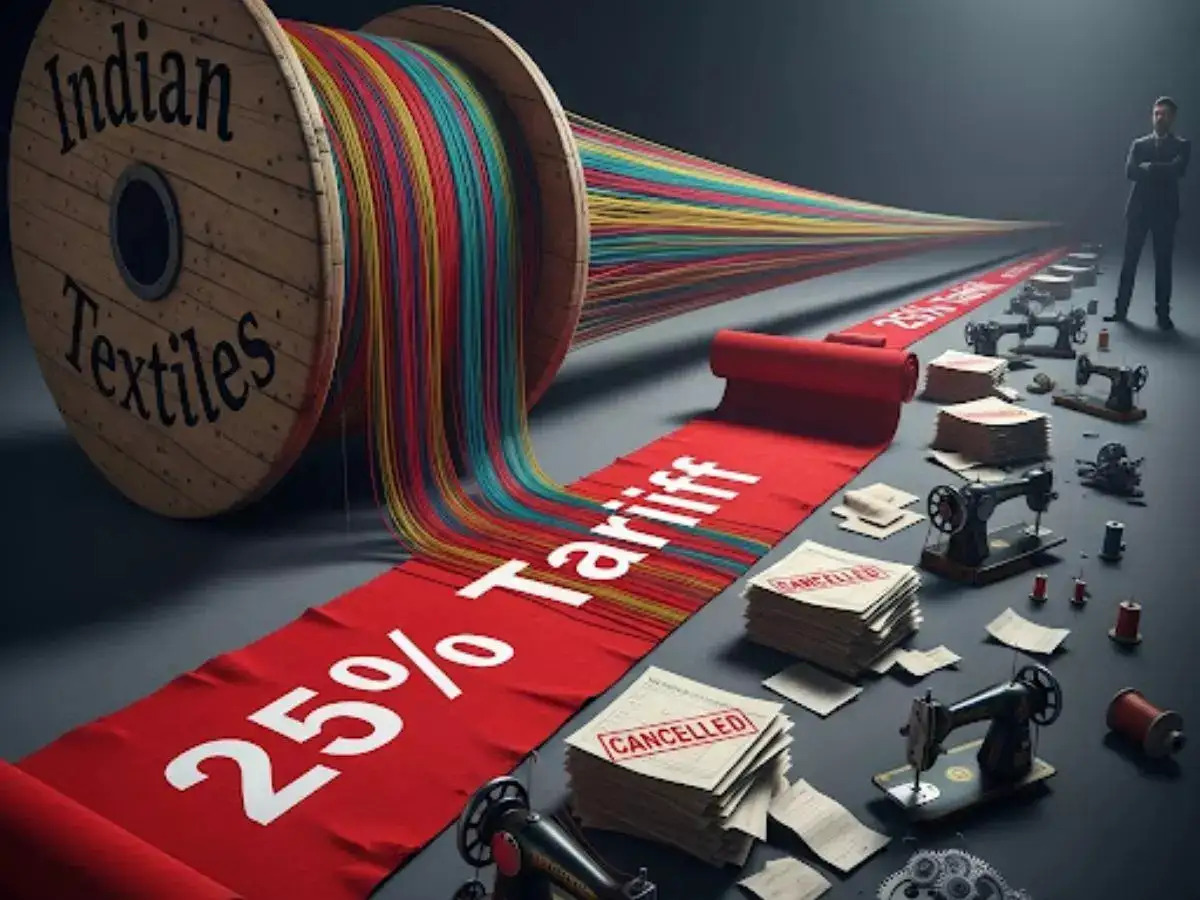
The global garment industry, long a symbol of globalization’s success and excess is entering an age of disruption. Traditional business models are being upended by changing consumer behavior, supply chain shocks, and technological transformation. Yet according to renowned apparel strategist David Birnbaum, much of the current turbulence stems not from the industry itself, but from the misguided assumptions of governments and retailers who misunderstand its unique dynamics. “The problem,” Birnbaum argues, “is that policy and business decisions are designed for industries that look nothing like ours.” His critique, though directed primarily at Western policymakers, resonates across the global fashion economy from Dhaka to Los Angeles.
Government policies miss the mark
Birnbaum’s central argument targets the mismatch between government trade policies and the economic realities of garment production. Take, for instance, the Trump-era tariffs imposed on Chinese and Vietnamese apparel. The goals: bringing back US manufacturing jobs, boosting government income, and achieving trade reciprocity sound reasonable in theory. But in practice, they miss the mark.
Garment manufacturing, Birnbaum points out, is not coming back to the US anytime soon. The economics simply don’t work: labor costs are too high, automation too complex, and supply chains too globalized. Moreover, while tariffs punish exporters like China and Vietnam, they simultaneously hurt some of the world’s poorest garment-producing nations viz. Bangladesh, Pakistan, and Cambodia by making their products less competitive.
The same logic flaw plays out in India’s policy ecosystem. Government schemes like PLI (Production-Linked Incentives) and RoSCTL (Rebate of State and Central Taxes and Levies) aim to boost manufacturing competitiveness. Yet, experts argue they often fail to recognize that garmenting is a low-margin, high-volume, labor-sensitive industry, not easily scalable through subsidies alone. “Apparel is not about capital intensity or technology alone; it’s about predictability, agility, and trust across borders,” says Rajiv Kapoor, former head of an export consortium in Tiruppur. “When policies chase quick wins, they miss the fabric of the business.”
Ironically, these tariffs may even reduce government income, as importers shift sourcing to low-duty or least-developed countries, shrinking the taxable base. The result is a lose-lose equation: no jobs repatriated, no fiscal gain, and higher prices for consumers.
Why garments don’t make money for retail giants
Birnbaum’s second, more provocative claim is that garments are a fundamentally unprofitable category for large retailers. Unlike electronics or household goods, apparel presents unique challenges:
Infinite variability: A single shirt can exist in hundreds of combinations fabric, color, gender, size, and fit. A microwave, by contrast, has ten at most.
Short shelf life: Fashion’s rapid turnover means a product has roughly eight weeks to sell before markdowns begin.
Brutal competition: Off-price chains, secondhand markets, and peer-to-peer resale platforms saturate the market.
Retail giants like Walmart and Target have quietly scaled back apparel offerings for this reason, retaining only evergreen lines like Wrangler jeans. The underlying economics are brutal: too many SKUs, too much waste, and too little margin.
In India, a similar pattern is emerging. Reliance Retail and Aditya Birla Fashion & Retail (ABFRL) are focusing more on consolidation and private labels, steering away from over-diversified apparel portfolios. “The days of treating fashion as a margin driver are gone,” says an executive at ABFRL. “Now, it’s a traffic driver — a way to bring customers into the ecosystem.”
All about Power, Profit, and Pressure
Other analysts support Birnbaum’s diagnosis but shift the focus from product complexity to power dynamics. In the global apparel value chain, brands and buyers mostly headquartered in wealthy nations capture the lion’s share of profit. Manufacturers, often in developing economies, operate on razor-thin margins and absorb the risks. A cancelled order or a late shipment can destroy an entire season’s profit.
India, despite being the world’s fifth-largest apparel exporter, faces the same squeeze. Exporters from clusters like Tirupur, Ludhiana, and Noida often absorb currency fluctuations, delayed payments, and compliance costs while global buyers demand faster lead times and lower prices. This imbalance has spurred a quiet but visible shift: Indian manufacturers are moving up the value chain, investing in design, branding, and direct-to-consumer (D2C) channels. Companies like Arvind Ltd, Shahi Exports, and Gokaldas Exports are experimenting with vertically integrated models, where they own not just the factory but also the design and retail interfaces.
This power imbalance explains why many factories struggle to meet social and environmental compliance goals. As long as buyers refuse to pay prices that reflect true production costs, improvements remain financially untenable.
Can automation rewrite the rules?
Birnbaum’s skepticism toward reshoring may be valid for today but emerging technology is changing the equation. The rise of smart factories and digitally integrated production offers the potential for nearshoring or even reshoring certain categories. These vertically integrated systems leveraging 3D knitting, AI-driven pattern design, and robotics could drastically reduce lead times and enable micro-production closer to consumer markets.
Companies like Shima Seiki (Japan) and SoftWear Automation (US) are pioneering systems capable of sewing simple garments autonomously. For high-fashion or fast-turnover apparel, this could be revolutionary.
India’s new textile hubs in UP and Bihar, supported by the PM MITRA Parks scheme, are designed with this vision: end-to-end, digitally integrated clusters capable of fast, flexible, and sustainable production. As Pooja Mehta, a sourcing analyst at Technopak, explains: “If India can combine its labor advantage with digital precision, it could become the next great global manufacturing hub — not just for cost, but for capability.”
Profits through precision, Mexico and beyond
The notion that apparel can never be profitable is being challenged by data-driven success stories. A Mexican fashion retailer implemented advanced inventory and forecasting tools, improving product availability and cutting excess stock. The result: a 57 per cent revenue increase. Similarly, brands investing in demand forecasting, localized production, and hybrid retail models (combining physical and online sales) are outperforming peers. These examples illustrate that profitability is possible not by abandoning apparel, but by reinventing how it’s managed.
In India, digital-native brands like Snitch, Bewakoof, and Rare Rabbit are proving that with fast supply chains, limited-edition drops, and analytics-led inventory control, margins can improve dramatically.
Sustainability as strategy
The DBL Group in Bangladesh exemplifies this evolution. Once a conventional manufacturer, it has transformed into a sustainability-driven enterprise. Through water recycling systems, energy-efficient dyeing, and partnerships with global brands, DBL has proven that compliance and profitability can coexist.
Indian firms are following suit. Raymond, Welspun, and Eastman Exports are investing in zero-liquid discharge facilities and circular design systems. Shahi Exports has developed partnerships with global fashion houses to pilot regenerative cotton farming, directly linking farm to factory. This sustainability-led differentiation is fast becoming the only way to stay relevant in a market where Western buyers are under ESG (environmental, social, and governance) scrutiny.
According to the International Trade Centre, such initiatives have improved margins, enhanced brand reputation, and attracted premium clients. This model could redefine what success looks like for the next generation of apparel suppliers.
US apparel import data further illustrates the sector’s volatility. Studies show, garment imports by value rose over 40 per cent in the first half of 2022 only to fall sharply later that year amid inflation and demand contraction. The whiplash reflects how macro factors like energy prices, consumer sentiment, logistics costs directly shape fashion flows.
Meanwhile, longer-term trends show declining per-capita apparel consumption in developed markets, even as emerging economies’ middle classes grow. Brands and policymakers must navigate this dual-speed world, where supply chains are both globalized and fragmented.
Rethinking the industry’s future
The garment industry’s transformation is not a simple story of decline or resurgence, it’s a story of realignment.
Governments must abandon one-size-fits-all trade policies that treat T-shirts like TVs. Retailers must rethink apparel not as a disposable product, but as a data-driven service that blends production, sustainability, and circularity. And suppliers must invest in technology, transparency, and agility to survive the next wave of disruption.
Birnbaum’s warning stands as both critique and challenge: until policymakers and business leaders truly understand how garments are made, priced, and sold, they will continue to mismanage one of the world’s most vital and misunderstood industries.












